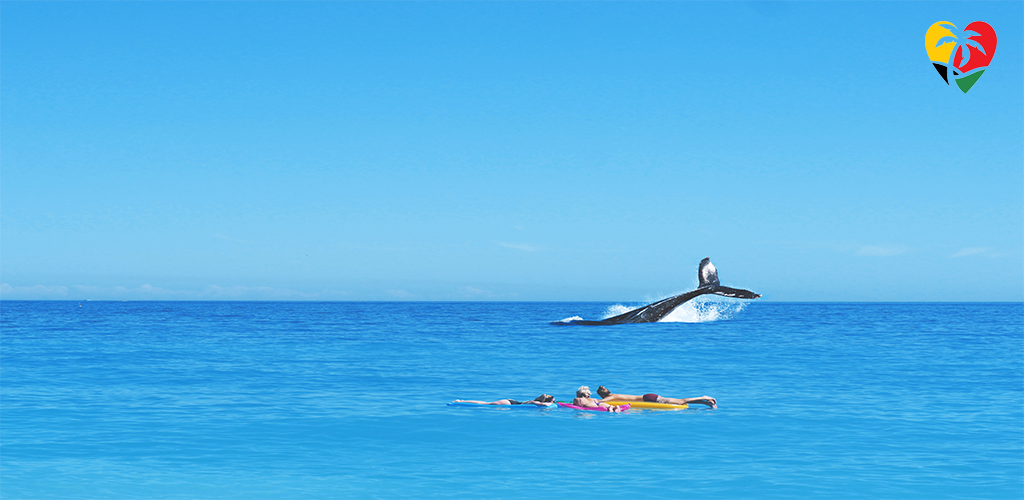The Dominican Republic is a popular tourist destination with world-class resorts and golf courses. It was recently designated as the Caribbean’s Capital of Gastronomic Culture, showcasing the diverse and delectable Caribbean cuisines available. Visitors may also go scuba diving and see gorgeous coral reefs, as well as hiking, bicycling, horseback riding, and a variety of other activities to thrill their senses. Quisqueya, the Taino Amerindians’ name for it, has been dubbed a small continent owing to the diversity and abundance of natural resources it possesses, as well as the kind and happy attitude of its inhabitants.
Unique, precious stones

Dominican Amber and Larimar are two indigenous stones found nowhere else in the world: Dominican Amber and Larimar. Due to the warm environment of the Dominican Republic and the extinct prehistoric leguminous tree Hymenaea Protera, the first one arose millions of years ago. Because of the great concentration of fossils and their clear composition, it is regarded as the best amber accessible elsewhere on the planet. Larimar, the second, is a rare blue variant of the silicate mineral pectolite that ranges in hue from light blue to green-blue to deep blue.
Have fun down the water falls

You’ve been missing out if you’ve never heard about Damajagua’s 27 Waterfalls! This is an excellent adventure place for families with children over the age of 12 that like outdoors, rivers, and waterfall jumping. For a very exciting ride, you walk all the way up and then descend via a series of caverns and water slides.
Winter home of massive, beautiful creatures.

Every year, between 2,000 and 3,000 giant humpback whales visit the Dominican Republic’s northeastern shore, the Bay of Samaná. Their babies don’t have enough fat to survive the cold winter seas up north, therefore they travel from the North Atlantic to the warm Dominican waters for calving and breeding. They’ll stay until March before heading back to their summer feeding areas, which are located between North America, Greenland, and Iceland. The humpbacks are technically Dominicans who are spending the summer in another country.
Palmchat, the national bird of the country

It gets its name from the palm trees and is known in Spanish as “cigua palmera.” This is where she builds her nests and gathers the fruit from which she feeds. The palmchat is endemic to the island of Hispaniola. It is unique since it is the sole member of the Dulidae family. They are driven by the community. They construct their intricate nests out of a bushel of sticks that serves as a dwelling. Each pair of birds (up to 50 pairs) has its own external and internal passageways. The nesting sticks are made from wood, coffee, and orange trees. Palmchats, like Dominicans, are noted for being happy, loud, and sociable, and they like singing.


